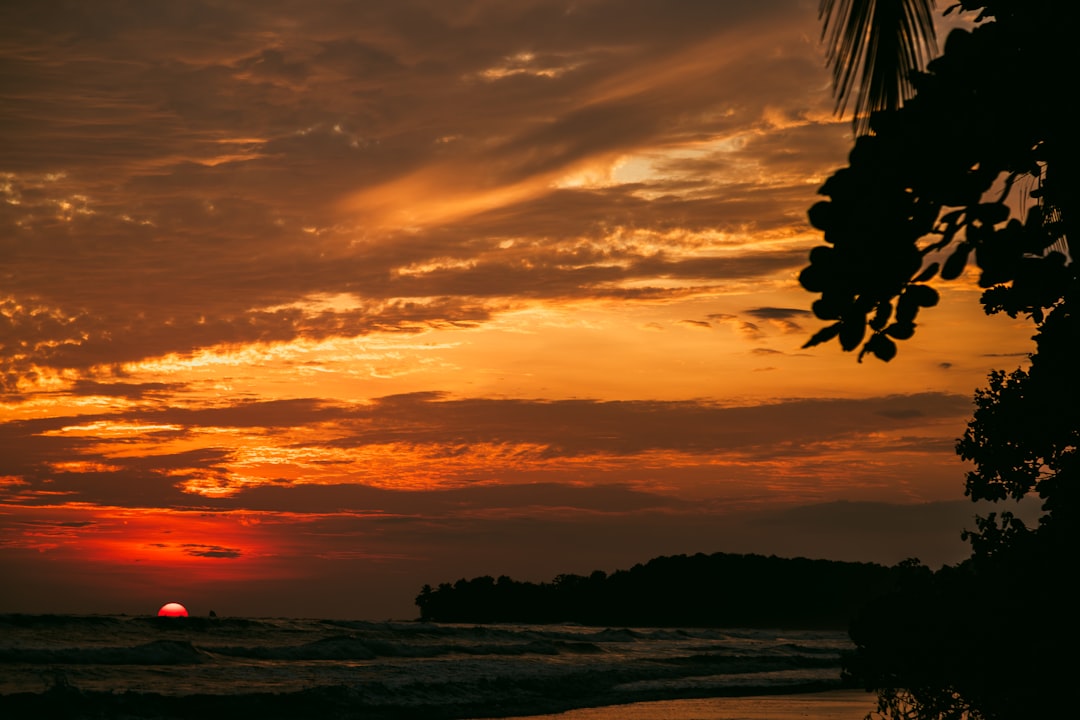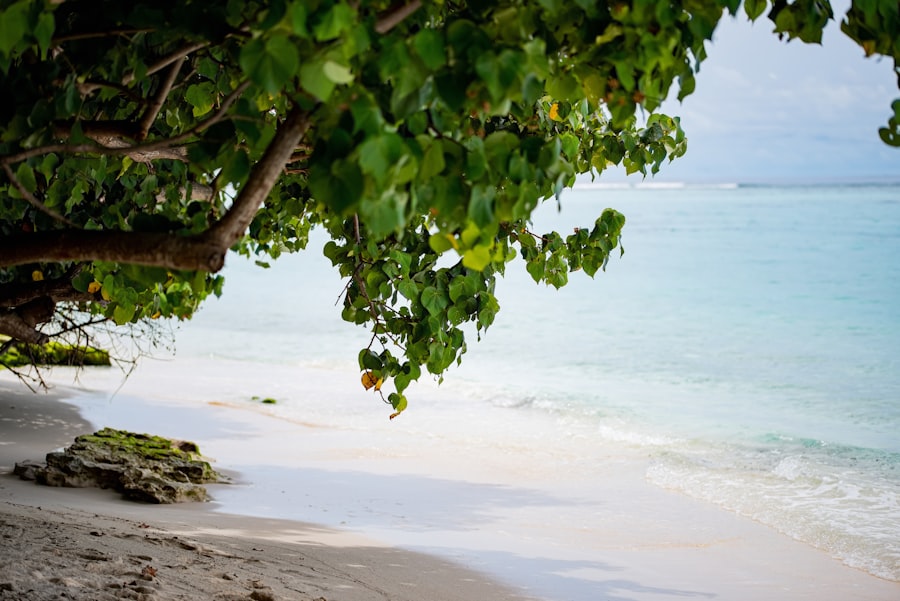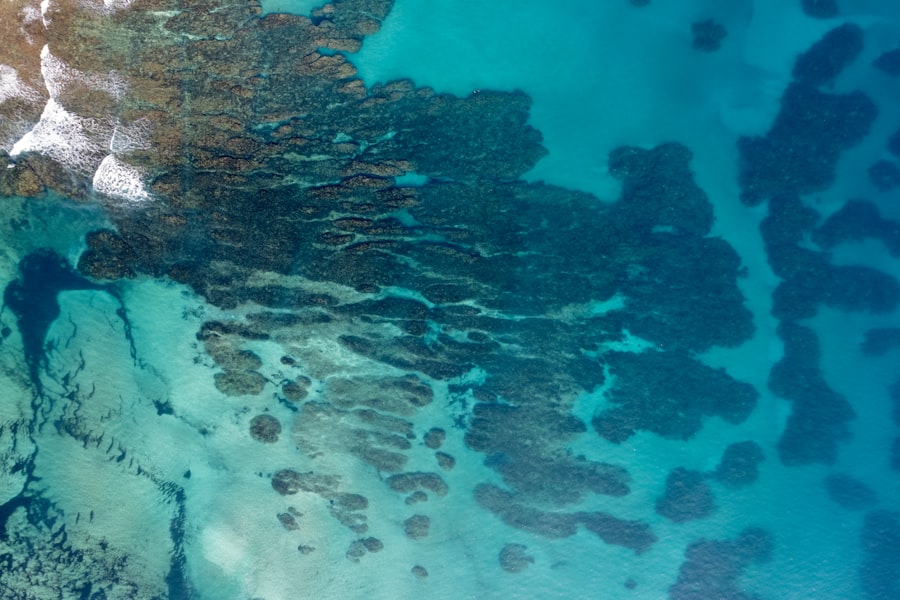
Juan de Nova Island, a remote and uninhabited territory of France, is situated in the Mozambique Channel, approximately halfway between Madagascar and Mozambique. This small island, measuring about 4.5 square kilometers, is part of the Scattered Islands in the Indian Ocean, which are administratively linked to the French Southern and Antarctic Lands. The island is named after the Portuguese navigator João da Nova, who is believed to have discovered it in the early 16th century.
Despite its small size, Juan de Nova Island holds significant ecological and strategic importance, serving as a vital stopover for migratory birds and a breeding ground for various marine species. The island’s isolation has contributed to its unique biodiversity, making it a point of interest for researchers and conservationists alike. Its pristine beaches, crystal-clear waters, and vibrant coral reefs attract attention from those interested in marine biology and ecology.
While it remains largely untouched by human activity, Juan de Nova Island is a testament to the natural beauty and ecological significance of remote islands in the Indian Ocean. The island’s status as a nature reserve underscores its importance in global conservation efforts, highlighting the need to protect such fragile ecosystems from the pressures of modern development.
Key Takeaways
- Juan de Nova Island is a small, uninhabited island located in the Mozambique Channel in the Indian Ocean.
- The island has a rich history of colonization and has been used for various purposes including a coconut plantation and a military base.
- Juan de Nova Island is home to a diverse range of wildlife including seabirds, turtles, and marine life, making it a popular destination for nature enthusiasts.
- Visitors to Juan de Nova Island can explore its pristine beaches, coral reefs, and lagoon, as well as the island’s historic lighthouse and abandoned buildings.
- Adventure seekers can enjoy activities such as snorkeling, diving, and bird watching, while also contributing to conservation efforts to protect the island’s natural beauty for future generations.
History and geography of Juan de Nova Island
The history of Juan de Nova Island is intertwined with the broader narrative of European exploration in the Indian Ocean. Discovered in 1501 by João da Nova, the island was initially uninhabited and remained largely unnoticed for centuries. It was only in the 19th century that the island began to attract attention for its potential as a coaling station and a strategic military outpost.
France claimed sovereignty over Juan de Nova Island in 1897, incorporating it into its colonial empire. The island’s strategic location made it an important asset during World War II, although it was never heavily fortified or developed. Geographically, Juan de Nova Island is characterized by its flat terrain, sandy beaches, and surrounding coral reefs.
The island is encircled by a lagoon that is rich in marine life, providing a habitat for various species of fish and other aquatic organisms. The climate is tropical, with warm temperatures year-round and seasonal rainfall that supports the growth of sparse vegetation. The lack of freshwater sources limits terrestrial biodiversity; however, the surrounding marine environment compensates for this with its rich ecosystems.
The island’s geographical features not only contribute to its ecological significance but also make it a fascinating subject for geological studies.
The island’s sandy beaches serve as nesting sites for several species of seabirds, including the sooty tern and the brown noddy. These birds are known for their remarkable migratory patterns and play a crucial role in maintaining the ecological balance of the region.
The presence of these birds has made Juan de Nova Island an important site for ornithological research, attracting scientists who study their behavior and breeding habits. In addition to its avian inhabitants, the surrounding waters of Juan de Nova Island are teeming with marine life. The coral reefs that encircle the island provide habitat for a variety of fish species, crustaceans, and mollusks.
These reefs are not only vital for maintaining biodiversity but also serve as important indicators of environmental health.
The natural beauty of Juan de Nova Island, combined with its rich biodiversity, makes it a unique destination for nature enthusiasts and researchers alike.
Top places to visit and explore on Juan de Nova Island
| Place | Attractions | Activities |
|---|---|---|
| Juan de Nova Lagoon | Coral reefs, marine life | Snorkeling, diving |
| Coconut Grove | Lush vegetation, coconut trees | Relaxing, picnicking |
| North Beach | White sandy beach, clear waters | Sunbathing, swimming |
| South Point | Rocky coastline, bird watching | Hiking, bird watching |
While Juan de Nova Island is largely uninhabited and lacks traditional tourist infrastructure, there are several notable locations that draw interest from visitors and researchers alike. One of the most striking features of the island is its pristine beaches, which are characterized by soft white sand and crystal-clear waters. These beaches not only provide stunning views but also serve as nesting grounds for various seabird species.
Walking along these shores offers a sense of tranquility and connection to nature that is increasingly rare in today’s world. The lagoon surrounding Juan de Nova Island is another highlight worth exploring. This shallow body of water is rich in marine life and offers opportunities for snorkeling and observing the diverse ecosystems that thrive beneath the surface.
The coral reefs within the lagoon are home to an array of colorful fish and other marine organisms, making it an ideal spot for underwater photography and research. For those interested in marine biology or ecology, studying these ecosystems can provide valuable insights into the health of coral reefs and their resilience to environmental changes.
Activities and adventures to experience on Juan de Nova Island
Although Juan de Nova Island does not offer conventional tourist activities due to its uninhabited status, there are still numerous adventures to be had for those willing to explore its natural wonders. Snorkeling is perhaps one of the most rewarding activities available on the island, allowing visitors to immerse themselves in the vibrant underwater world teeming with life. The coral reefs surrounding the island provide an ideal setting for observing marine biodiversity up close, making it a paradise for snorkelers and divers alike.
Birdwatching is another popular activity on Juan de Nova Island, particularly during nesting season when various seabird species congregate on its shores. Enthusiasts can observe these birds in their natural habitat, capturing stunning photographs and gaining insights into their behaviors. The island’s isolation means that many bird species are undisturbed by human presence, providing a unique opportunity to witness their natural activities without interference.
For those interested in conservation or ornithology, this experience can be both educational and inspiring.
Conservation efforts and the future of Juan de Nova Island

Conservation efforts on Juan de Nova Island are crucial given its ecological significance and vulnerability to environmental threats. As part of France’s commitment to protecting its overseas territories, various initiatives have been implemented to safeguard the island’s unique ecosystems. These efforts include monitoring wildlife populations, conducting research on marine biodiversity, and promoting sustainable practices that minimize human impact on the environment.
The future of Juan de Nova Island hinges on continued conservation efforts and international cooperation to protect its fragile ecosystems from external pressures such as climate change and pollution. As awareness grows regarding the importance of preserving such unique habitats, there is hope that more resources will be allocated toward research and protection initiatives. Engaging local communities and fostering a sense of stewardship can also play a vital role in ensuring that Juan de Nova Island remains a sanctuary for wildlife and a testament to the beauty of unspoiled nature in an increasingly developed world.
If you’re intrigued by the unique and lesser-known destinations like Juan de Nova Island, you might also find interest in exploring detailed insights about other places around the world. For instance, the article on Armenia from World Facts Club offers a comprehensive look at this historic country, detailing its rich culture, significant landmarks, and key facts. Just as Juan de Nova Island presents a fascinating study of remote geography and biodiversity, Armenia provides a deep dive into its ancient heritage and scenic beauty, making it another captivating subject for geography enthusiasts and travelers alike.
FAQs
What is Juan de Nova Island?
Juan de Nova Island is a small, uninhabited island located in the Mozambique Channel in the Indian Ocean. It is a French territory and is known for its rich biodiversity and unique ecosystem.
What are some of the sights and attractions on Juan de Nova Island?
Some of the sights and attractions on Juan de Nova Island include its pristine beaches, coral reefs, and diverse marine life. The island is also home to a large population of seabirds, making it a popular destination for birdwatching.
Is Juan de Nova Island open to tourists?
No, Juan de Nova Island is not open to tourists. Access to the island is restricted due to its status as a nature reserve and the need to protect its fragile ecosystem.
What is the history of Juan de Nova Island?
Juan de Nova Island was first discovered by the Portuguese in the early 16th century. It has since been the subject of territorial disputes and has been under French control since the late 19th century. Today, it is primarily used for scientific research and environmental conservation.
What is the wildlife like on Juan de Nova Island?
Juan de Nova Island is home to a diverse range of wildlife, including seabirds, turtles, and a variety of marine species. The island’s surrounding waters are also known for their rich biodiversity, making it a popular destination for diving and snorkeling.




